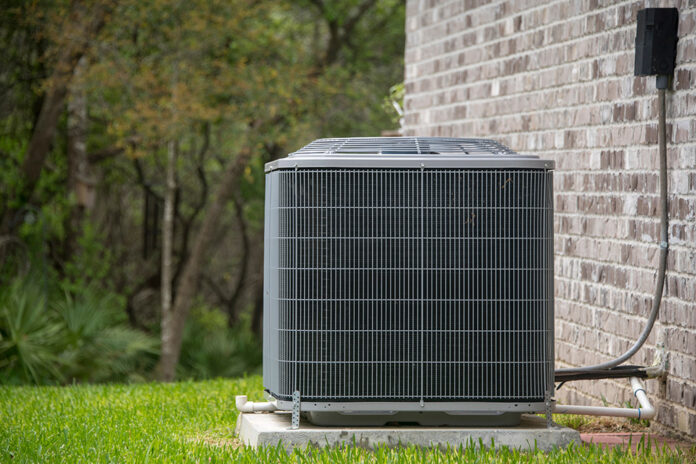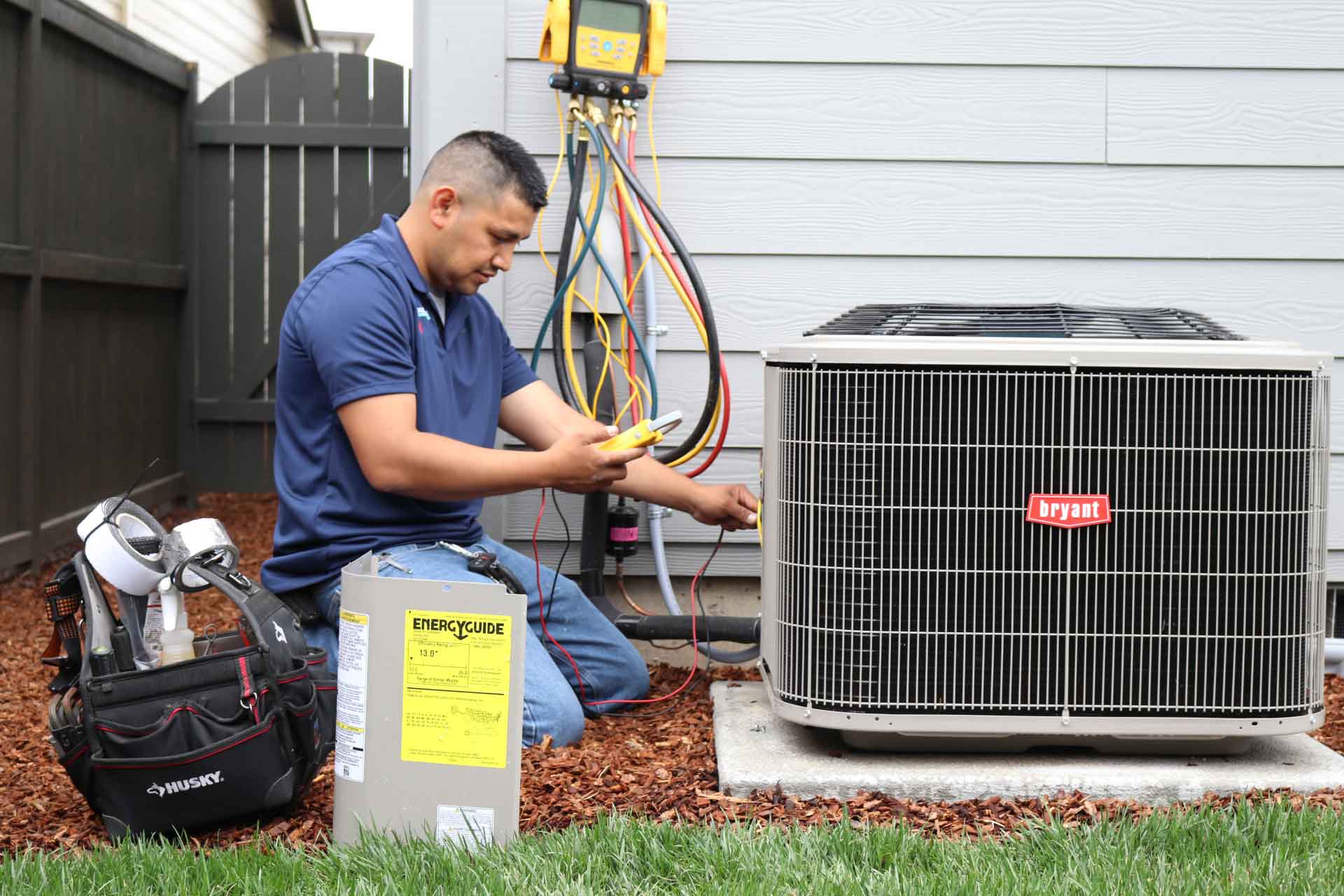Are you having problems finding the comfort zone in your home during the coldest of winter and the hottest of summer? If this is one of your concerns, you might need to install centralized heating, ventilation, and air conditioning (HVAC) system.
HVAC units are one of the best investments you can give to your home. It provides warmth during the cold season and a cool breeze during summertime. That’s why many homeowners are replacing their old, cranky, and noisy AC units with an efficient centralized air system.
If you need more details, you may contact ASAP Air or your local HVAC installer and get free estimates, depending on the size of your home. They will also assist you if you plan on installing it on your own to save on budget.
In this article, you’ll learn how easy it is to install a unit without a fuss. However, your local government may require you to hire a certified licensed professional for your safety. But still, knowing the process will help you understand what’s going on during the installation process. Also, you’ll have an idea when you have to troubleshoot the unit or make minor adjustments.
What Are The Safety Considerations You Have To Keep In Mind?
Remember, you can always seek help from a certified and licensed HVAC installer, especially if you’re unsure what to do. Also, if you sense any presence of smoke or gas leakages around you, don’t forget to contact the fire department immediately.
In addition, the best way to prevent any catastrophic accidents and promote a safer environment is to stop and ask yourself the questions: Does it smell smoke or gas? Are there electrical issues at your home? Does your home have a weak structure?
If you encounter any of these problems, stop working and address them before starting. In addition, wearing protective gear, such as safety goggles and gloves, will keep you safe from any possible danger.
Here are some tools you might need to prepare beforehand:
- Flashlights
- Reciprocating saw
- Measuring tape
- Vacuum pump
- Pliers and wrenches
- Screwdrivers
- Drill
- Voltage tester
- Shears
- Multimeter
- Refrigerant scale
How To Install Your New HVAC System?
Installing HVAC units has never been easy and safe with these simple instructions:
- Choose The Correct Size For Your Home
Sometimes, bigger doesn’t mean better, and that principle applies when choosing HVAC units. You need a unit that fits perfectly into your home, and it should neither be too small or undersized nor too large. To do this, you may contact your local HVAC provider for a heat-gain computation that determines the right size for your home.
An undersized unit may be a cheaper option, but it won’t be able to cool your entire home completely. Also, it uses more electricity than a right-sized unit because it constantly runs, trying to reach the level of coolness that it will never achieve. This will make your unit wears down easily and shorten its lifespan prematurely.
On the other hand, an oversized HVAC unit will also cost you more power because it needs more electricity to function. In addition, inappropriately bigger units tend to short-cycle most of the time. Short-cycle happens when the unit unnecessarily shuts down, thinking it already reaches the right temperature. You’ll see this happening when the temperature indicated is far from what you feel.
That’s why proper HVAC sizing is the first step during installation. Failure to do this will only result in problems and a stressful home environment.
- Check Your Existing Ductwork
Unfortunately, HVAC units are one of the most expensive investments you can give to your home. That’s why it’s crucial to ensure that they are correctly working and fully functional.
The first thing you will need to do is check the ductwork and see debris or damages that could obstruct the airflow. You can easily locate them near the outflow and info registers. Furthermore, you may remove them and make sure that it’s clear from any interference.
In addition, check if there are leaks and seal them as soon as possible, especially the gas lines. Also, you would need to make sure that your unit is properly insulated and its ducts are tightly sealed. This will make your unit more efficient, significantly reducing your energy consumption and cost.
- Look For The Ideal Location
An HVAC system cannot be installed anywhere you want. Usually, it may cause some noise, so make sure not to install it anywhere near your bedrooms to prevent any discomforts in the future. You may ask a professional to help you determine the right location for your unit.
Also, you would need to keep your thermostat secured inside your home away from outside factors that could alter its readings. In addition, you wouldn’t want to place it near the ducts to avoid a direct blow of air to the device, which could tamper with temperature readings. Instead, place it on the area you need to monitor the most, such as your living room.
- Install The Unit
Almost all modern HVAC systems are wall-mounted. However, if you plan to purchase a new duct system, it would be best to follow the installation guidelines that come with it. Furthermore, whatever type of unit you choose, make sure to follow the previous steps to avoid having problems in the future.
Also, do not forget to follow the manufacturer’s instructions to ensure proper function and warranty.
- Test The System
After installing the system, you must be so excited to relax. However, there’s the last step that you shouldn’t ignore: ensuring that your unit is running smoothly without any problems. You may check the system by turning it on and look if any unusual noises are coming from the machine. Also, make sure that your HVAC can cool or warm the entire home efficiently.
If you find some unusual and unfamiliar issues with your HVAC unit, it would be best to ask a professional for assistance.
Final Words
HVAC systems may be expensive, but they can absolutely provide you the level of comfort you need by maintaining the airflow of your home and eliminating the dry and muggy feeling. Fortunately, installing an HVAC is easy. All you need to do is follow the steps mentioned above and keep in mind the importance of each step. Thus, following them will keep you away from potential problems that may occur in the future.
Lastly, if you have any problems installing your new system, don’t hesitate to ask for help from a certified HVAC provider. They will ensure that your system will work efficiently for a long time, reducing your energy costs and giving you the relaxation you deserve.



















